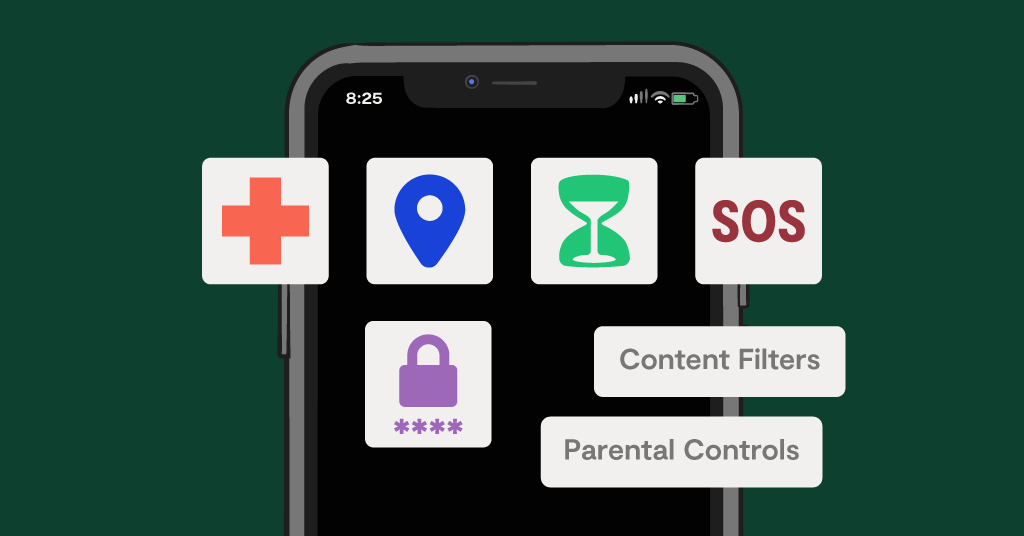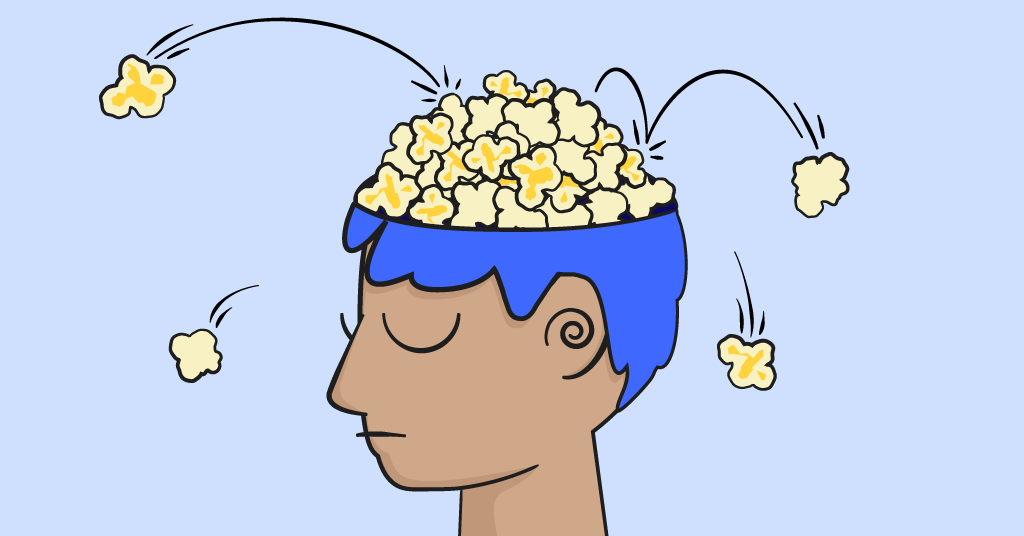
Have you noticed the excitement over artificial intelligence (AI) lately? You may have first noticed the technological advances when automated chatbots started popping up on most websites. Perhaps you know the frustration of trying to get through the bot to speak with a human only to receive the same automated, generic responses over and over.
Thankfully, there are some less frustrating and more exciting advances in AI technology. Many are showing up as AI trends on social media, which means you and your children are likely seeing and maybe even participating in them.
While some of these trends are a lot of fun, they also come with some serious risks. Before you download the next big AI app or give your child the green light on that silly Facebook game, take a moment to consider the downsides of social media AI applications.
The State of AI Technology Today
Artificial intelligence is the science of training computers to function as humans. There are four main types of artificial intelligence, and each requires a different level of technological innovation. There are reactive machines, limited memory, theory of mind, and self-aware AI.
Most of today’s AI technology falls into the limited memory category. While Alexa may remember what you ordered from Amazon last week, she doesn’t pick up on your emotions as you ask for a reminder to call your mom at 3 p.m. or a weather report at 4 a.m.
What Alexa does is record and store a lot of information. If you have one of Amazon’s home assistant devices, that information may include private conversations that you don’t want anyone else to hear, let alone want to have recorded. That’s an example of the risks that come with the convenience and fun of AI, but we’ll talk more about that in a moment.
The Biggest Social Media AI Trends Today
The use of AI in social media was an $800 million industry in 2020. It’s expected to become an industry worth more than $3,500 million by 2026. Much of that activity was attributable to marketers using AI to focus ad campaigns on select groups. That is shifting now with the development of AI apps that allow users to simply have fun while on social media platforms.
Popular uses of AI on social media include everything from special effects on TikTok videos to AI-generated text, photoshopping, and more. All of these social media AI trends have their own risks. To show what you should look out for, we’re going to focus on AI art generators in more depth.
AI Art Generators – What are They?
AI art generators are applications that turn existing images into artistic or creative images. It’s the AI version of going to a street fair or amusement park and paying an artist to sketch your face as a cartoon. The difference is that these advanced apps can generate 20 or more images in just a few hours or even less. Some apps turn a single image into a creative work of art in just seconds or minutes.
Here are two popular AI art generators are appearing on social media today:
- Lensa – A photo-editing tool that allows users to correct imperfections, blur backgrounds, and special effects to pictures. The new AI generator tool requires users to pay a small fee in addition to the annual subscription fee. Check out our app review for more in-depth information on Lensa!
- AI Time Machine – A free photo-editing tool that turns pictures into artistic representations of specific historical times. Users can turn their images into Vikings, flappers, hippies, and more.
If you use social media regularly, you’ve likely already seen some of these AI-edited photos. From cartoon caricatures to hand drawings, there is a wide range of applications for these AI trends.
What are the Dangers of Using AI Art Generators?
Here are some of the top dangers parents should know when it comes to AI art generators.
Sextortion scams
Sextortion makes AI generators the most potentially dangerous, and sadly it’s an increasingly prominent scam. If you’ve never heard of sextortion, this is where hackers will manipulate people (often teenage boys or young men) to take and send explicit photos of themselves. Then, they use these photos to blackmail the victim into sending them money.
However, hackers have found a way to simplify this process using generative AI significantly. All they have to do is take an innocent photo of the victim’s face — easily found on social media — and generate explicit photos from just that. And these AI nudes are more than realistic enough to fool anyone.
So even if your teen doesn’t fall for the scam, they could still be at risk if they just start messaging one of these hackers. This is why it’s extremely important to monitor who your child is talking to online and have conversations with them about not messaging people they don’t know in real life.
Inappropriate Content for Minors
Along the same lines, AI art generators can produce a whole host of inappropriate content. Most of it may look like cartoons, drawings, or other innocent creative expressions. But unfortunately, adult images can also easily be found on these apps. At this point, most AI apps do not have adequate content filters that can be trusted to protect kids from these images.
Access to Personal Information
AI apps may collect the following information from all users:
- Device information, including IP address, unique device identifier, browser type, mobile network information, and operating system
- Photo metatags, including where the photo was taken (geotags)
- Online activity, including activity on third-party websites and other online services
Some social media AI apps also collect information from your online profiles, including your name, birth date, and other sensitive information. A lot of this information is used to group users by a variety of demographics for marketing purposes.
Lack of Consumer Protection
There are laws that at least partially control what developers and organizations can do with the information they collect from consumers using AI apps and other technologies. Unfortunately, those protections are only valid within the United States.
You can vow only to use apps that are developed and managed within the U.S., but that doesn’t fully protect you. The Lensa privacy policy includes a clause that states data they collect may be transferred to other countries that don’t offer the same consumer protections as the U.S. They basically relieve themselves of any liability if something is to happen with your data while in another country that doesn’t offer adequate consumer protections, even if they transfer the data to that country.
Many social media users have no idea that these apps are using the services of providers in other countries. They also don’t think about the lack of consumer protection and security regulations in those other countries.
How to Protect Yourself & Your Children with Advancing AI Social Media Trends
What can you do to protect yourself and your children with advancing AI in social media? We have a long list of suggestions. The more of these you implement, the safer you may feel online.
- Enable firewalls on all electronic devices
- Run anti-spyware and anti-virus software on all devices
- Only open files and attachments from known and trusted senders
- Vary passwords between accounts and devices
- Never give passwords to other people
- If you receive an account verification code to access a platform, app, or service, never give that code to anyone else – including someone representing themselves as a company representative!
- Stay informed of new trends and determine what is safe for your children
- Take the time to read privacy policies and other information provided by app developers, the government, and technology companies
Keep Your Kids Safe in the World of AI
Looking for a way to set social media boundaries and enforce rules in real time for your kids? Consider signing up for Bark!
The Bark app allows you to monitor the content your children are consuming while filtering websites and apps that you don’t want them to access. You can set location alerts so that you know when your child breaks a specified geographical boundary or monitor screen time without taking physical possession of a child’s device.
It’s important to research all applications, websites, and platforms that your child wants to use. Once you decide the rules and limitations for using those resources, Bark makes it easy to enforce the rules with your child. It’s a powerful app that gives parents more control in a world with so many hidden dangers and risks.
Read more
Bark helps families manage and protect their children’s digital lives.





